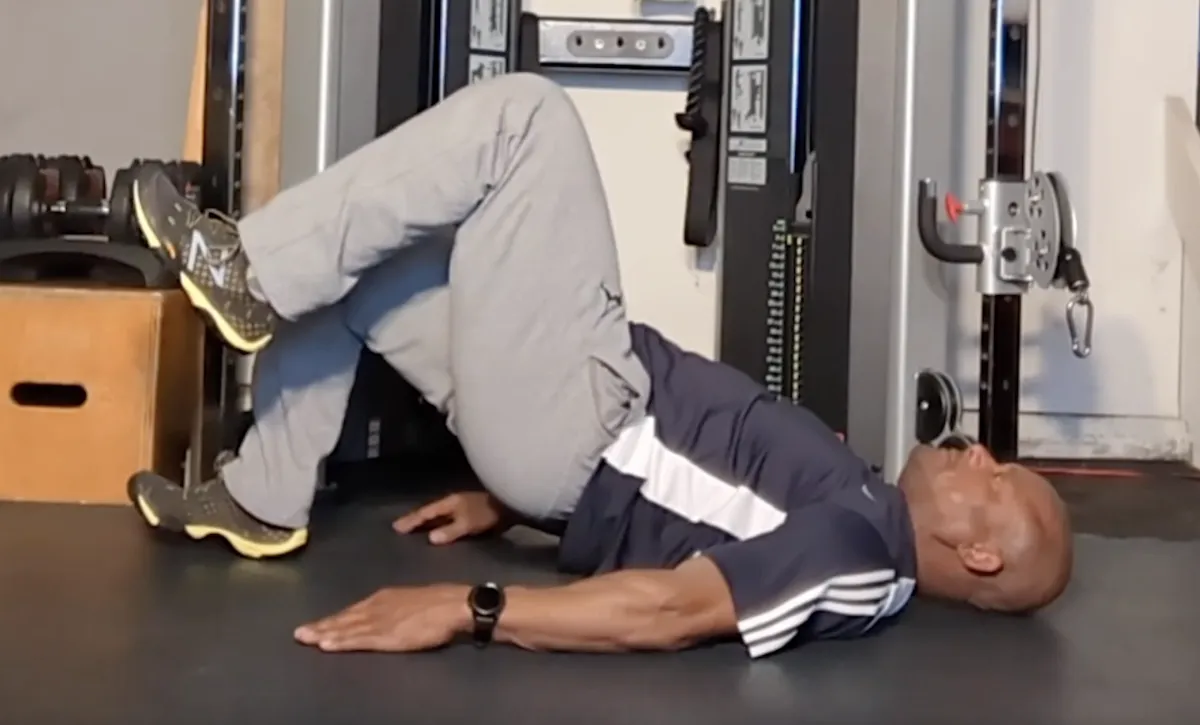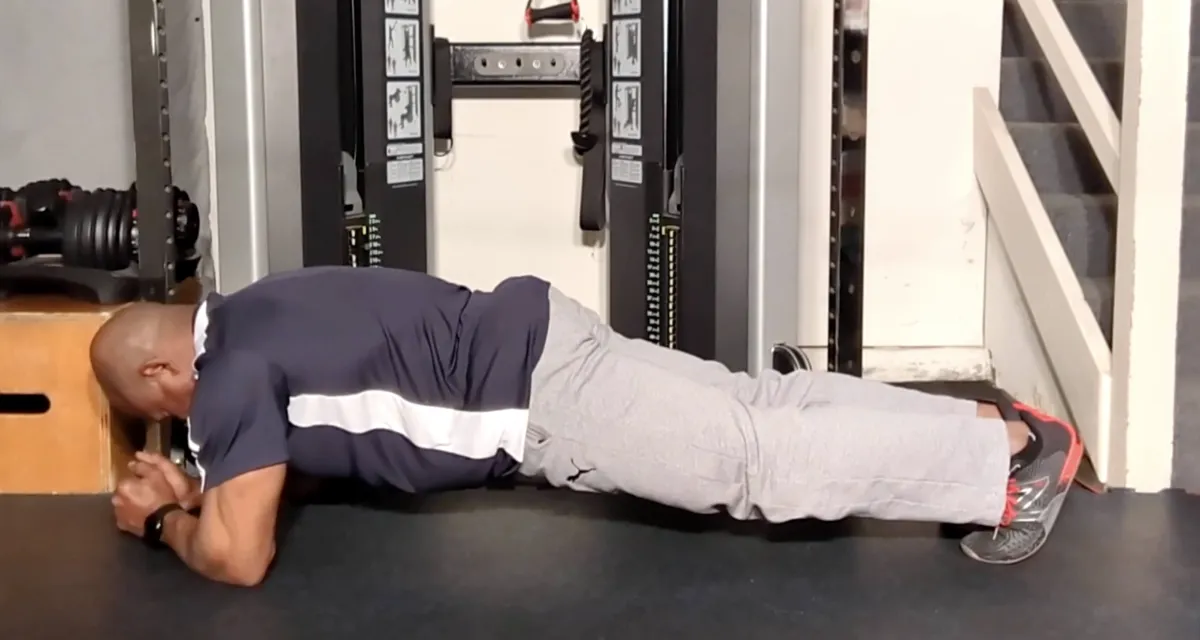
RESOURCES

Foam Rolling for Athletes: Enhancing Performance and Reducing Recovery Time
In the realm of athletic performance, the pursuit of excellence is relentless. Athletes continually seek methods to enhance their capabilities and expedite recovery. One such method that has gained prominence is foam rolling, a self-myofascial release technique. This practice not only aids in improving performance but also plays a pivotal role in reducing recovery time.
Understanding Foam Rolling

Foam rolling involves using a cylindrical foam roller to apply pressure to specific muscle groups. This self-administered massage targets the fascia—a connective tissue that surrounds muscles and organs. Over time, factors like intense training, repetitive movements, or prolonged inactivity can cause the fascia to become tight or develop adhesions, leading to discomfort and restricted movement. Foam rolling helps release these adhesions, promoting flexibility and muscle relaxation.
Benefits of Foam Rolling for Athletes
Enhanced Flexibility and Range of Motion
Regular foam rolling has been shown to improve joint range of motion. By alleviating tension in the fascia and muscles, athletes can achieve greater flexibility, which is crucial for optimal performance and injury prevention.
Reduced Muscle Soreness
Delayed onset muscle soreness (DOMS) is a common experience after strenuous workouts. Foam rolling can decrease the intensity of DOMS, allowing athletes to maintain their training schedules without prolonged discomfort.
Improved Circulation
The pressure applied during foam rolling enhances blood flow to the targeted areas. This increased circulation delivers essential nutrients and oxygen to muscles, facilitating quicker recovery and reducing muscle fatigue.
Enhanced Performance
By incorporating foam rolling into warm-up routines, athletes can activate muscles more effectively. This preparation leads to improved performance factors, such as strength and power output.
Incorporating Foam Rolling into Training

To maximize the benefits of foam rolling, athletes should consider the following guidelines:
Consistency: Integrate foam rolling into daily routines, both before and after workouts, to maintain muscle health and flexibility.
Technique: Apply moderate pressure and roll slowly over the muscle groups. Focus on areas that feel tight or sore, pausing on tender spots for 20-30 seconds to allow the tissue to release.
Duration: Spend at least 5-10 minutes on foam rolling sessions, ensuring all major muscle groups are addressed.
There is no doubt that foam rolling is a valuable tool for athletes aiming to enhance performance and expedite recovery. By incorporating this simple yet effective technique into training regimens, athletes can experience improved flexibility, reduced muscle soreness, and overall better physical performance.
Move Better. Feel Better. Live Better.
Sheila Mann's Testimonial
Sheila Mann doing Suspension Strap Push-ups on an elevated Single Leg.
Just another Saturday Workout Part 2
Spray Tan Fitness
Dreams or Goals
Intro to Self-Myofascial Release
Self Massage using the Energy F X Tube (Upper Body)
Self-Massage for Lower Body using Energy F X Tube (IT Band , Glutes)
Level 3
This is our advance level. In this level you will be asked to increase the challenges to your strength, balance and to some degree, your conditioning. We continue to focus on the major joints of the body (hips, shoulder, and knees) with the added challenge of resistance. This level also includes the added challenge of coordination, as many movements require the integrated movement of both upper and lower body.

Level 4
This is our premium level. In this level you will be asked to significantly challenge your body through increased demands on your functional core strength in movements that will significantly challenge your balance and strength simultaneously. Here we will ask you to begin to optimize your balance, core activation, and improved range of motion in a functional aspect – integrated movement of both upper and lower body, but at a higher level of accountability.

